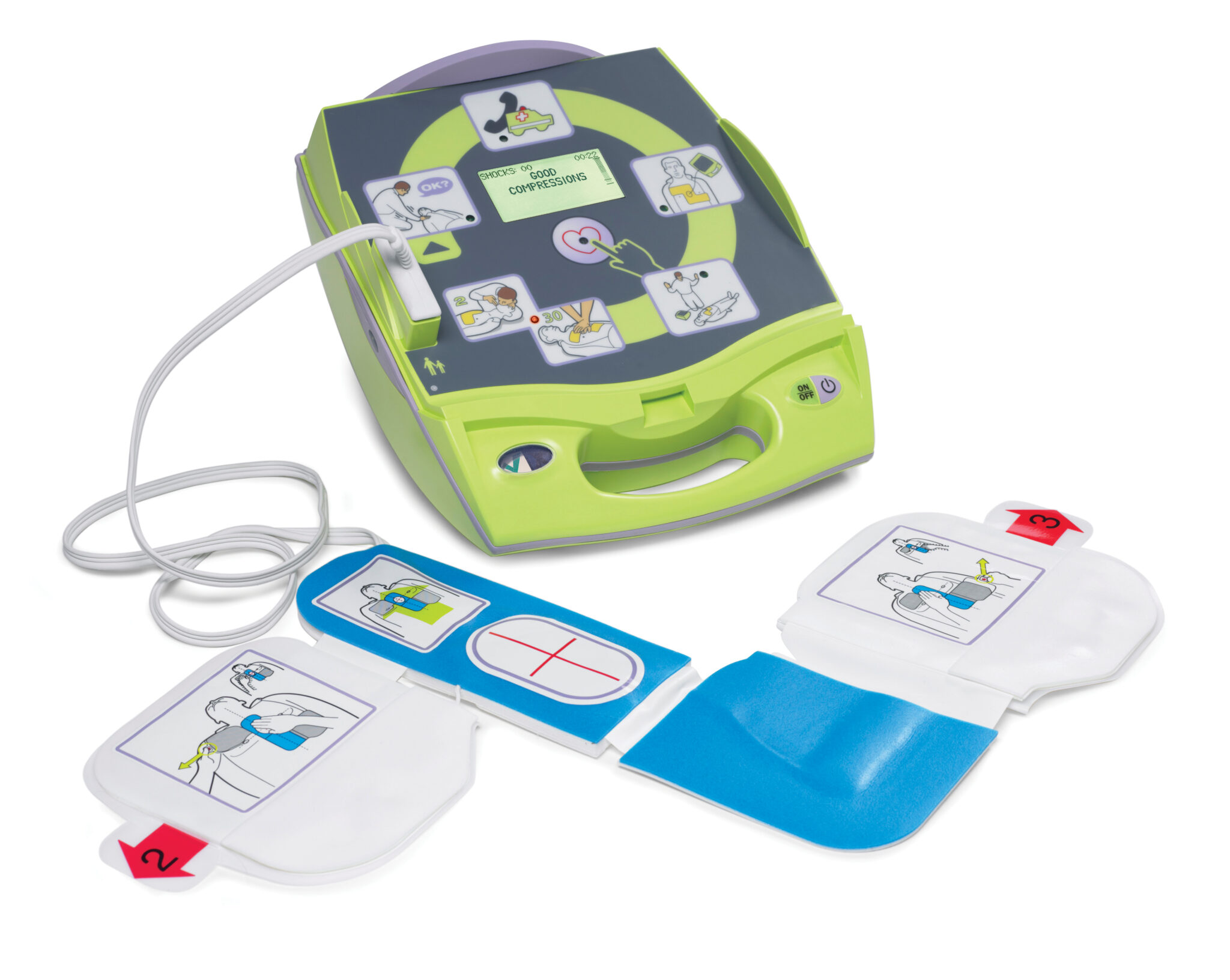views

Automated External Defibrillators (AEDs) are life-saving devices designed to deliver an electric shock to the heart during sudden cardiac arrest (SCA).
SCA occurs when the heart suddenly and unexpectedly stops beating, leading to a cessation of blood flow to the brain and other vital organs. AEDs are crucial in restoring the heart's normal rhythm by administering a controlled electric shock, thereby increasing the chances of survival significantly.
How Do AEDs Work?
AEDs are designed to be user-friendly, allowing even bystanders with minimal training to operate them effectively. When someone experiences a cardiac arrest, the first step is to call emergency services and start cardiopulmonary resuscitation (CPR). Once an AED arrives, it analyses the heart rhythm and determines whether a shock is necessary.
If a shock is advised, the AED guides the user through the process with clear audio and visual instructions. These devices are equipped with sensors that detect the heart's rhythm and deliver a shock only if it's necessary, making them incredibly safe to use.
Importance of AED Accessibility
Time is of the essence during a cardiac arrest. The chances of survival decrease by 7-10% with every passing minute without intervention. Therefore, widespread accessibility to AEDs is crucial in saving lives.
AEDs should be strategically placed in public spaces such as airports, schools, sports arenas, and workplaces where large gatherings occur. Furthermore, individuals should be trained in CPR and AED usage to confidently respond to emergencies and provide immediate assistance until professional help arrives.

AED Maintenance and Training
While AEDs are designed for simplicity, they require regular maintenance and periodic checks to ensure they are functioning correctly when needed. Routine checks should include inspecting the device for any physical damage, ensuring the battery is charged, and verifying the integrity of the electrode pads.
Additionally, individuals responsible for AEDs should undergo training to familiarise themselves with the device and understand the steps involved in responding to a cardiac arrest emergency. Training programs often include hands-on practice sessions to enhance proficiency and confidence in using AEDs effectively.
AEDs in the Community
Communities play a vital role in promoting AED awareness and accessibility. Public education campaigns can raise awareness about the importance of AEDs, dispel myths surrounding their usage, and encourage individuals to take CPR and AED training courses.
Community organisations, schools, and businesses can collaborate to fundraise for AED purchases and placement in high-traffic areas. Additionally, some regions have implemented AED registries, allowing users to locate nearby devices in case of an emergency. By working together to increase AED availability and knowledge, communities can significantly improve cardiac arrest survival rates.
Conclusion:
Automated External Defibrillators (AEDs) are indispensable tools in the fight against sudden cardiac arrest. With their user-friendly design and ability to deliver timely shocks, AEDs significantly increase the likelihood of survival for individuals experiencing cardiac emergencies. However, accessibility, maintenance, and community involvement are crucial in maximising their effectiveness.
By understanding how AEDs work, promoting their widespread availability, and investing in training and maintenance, communities can save countless lives and ensure a safer environment for all. Remember, being prepared can make all the difference in a cardiac emergency, and AEDs are essential components of that readiness.




















Comments
0 comment